This is a question that has refused to go away. Why has Ethiopia managed to build an electrified Standard Gauge Railway for less money than Kenya, whose SGR is not even electric?
The 750 km Ethiopia-Djibouti line was unveiled on Wednesday. It will link Addis Ababa to the Red Sea port city of Djibouti.
“This train will speed up the development of our country’s manufacturing industry and it will provide huge benefits to the industrial parks and modern farms that will be built in the future. It will give employment opportunities for our citizens,” Prime Minister Desalegn said at the launch ceremony.
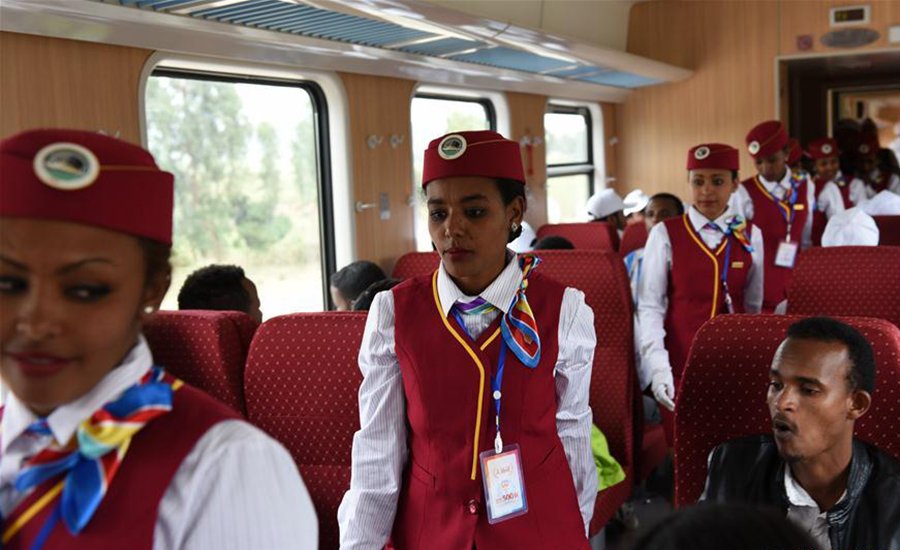
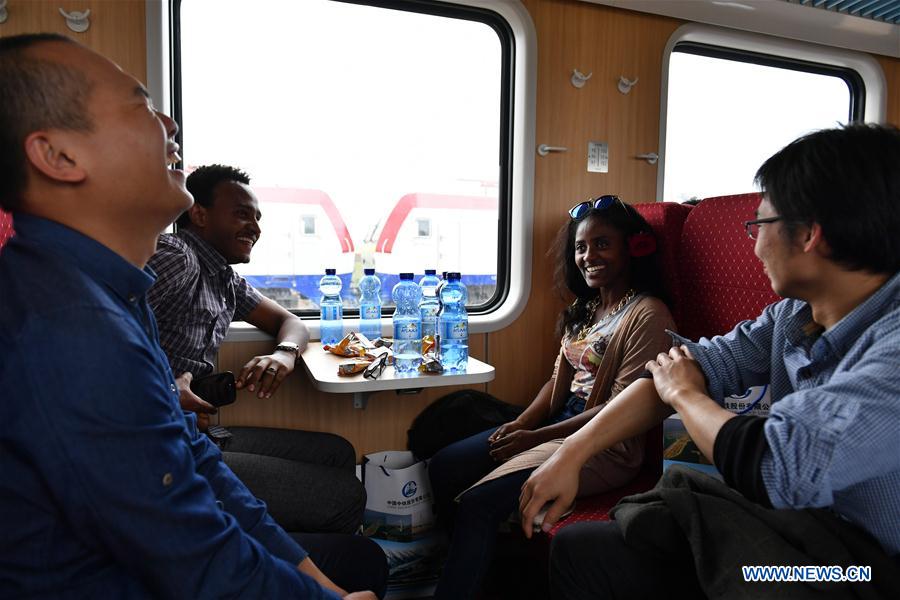
Travelling at 120km/h, the new service will cut the journey time down from three days by road to about 12 hours.
“We’re so excited! It takes two or three days for a truck to come from Djibouti,” said Ethiopian importer Tingrit Worku. “The train could make a huge difference.”
The $3.4 billion project was built by two Chinese companies and is the first to be electrified in Africa.
Compare that to phase 1 of Kenya’s Standard Gauge Railway. Its cost stands at Sh327 billion, almost the same as the Ethiopian line, but more than 100 km shorter.
That begs the questions: Has Ethiopia built an inferior line or is Kenya not getting value for money or is our money being stolen?
First and foremost, it’s good to note that electric does not always mean superfast. The Ethiopian line is only 40km/h faster than the Kenyan line.
Furthermore, Ethiopia’s electricity generation is about to explode with the construction of the 6,000mw Grand Renaissance Dam, which will give the train service stable power supply. (Kenya Power comes to mind)
One of the main reason why the Kenyan line is expensive is the massive bridges some stretching kilometers.
Unlike the iron fist government in Ethiopia, Kenya has to listen to all voices which led to allowances for wild animals in Tsavo and Nairobi National Park.
These bridges have contributed a big deal to the final cost.
Tsavo Bridge
Mombasa Super-bridge

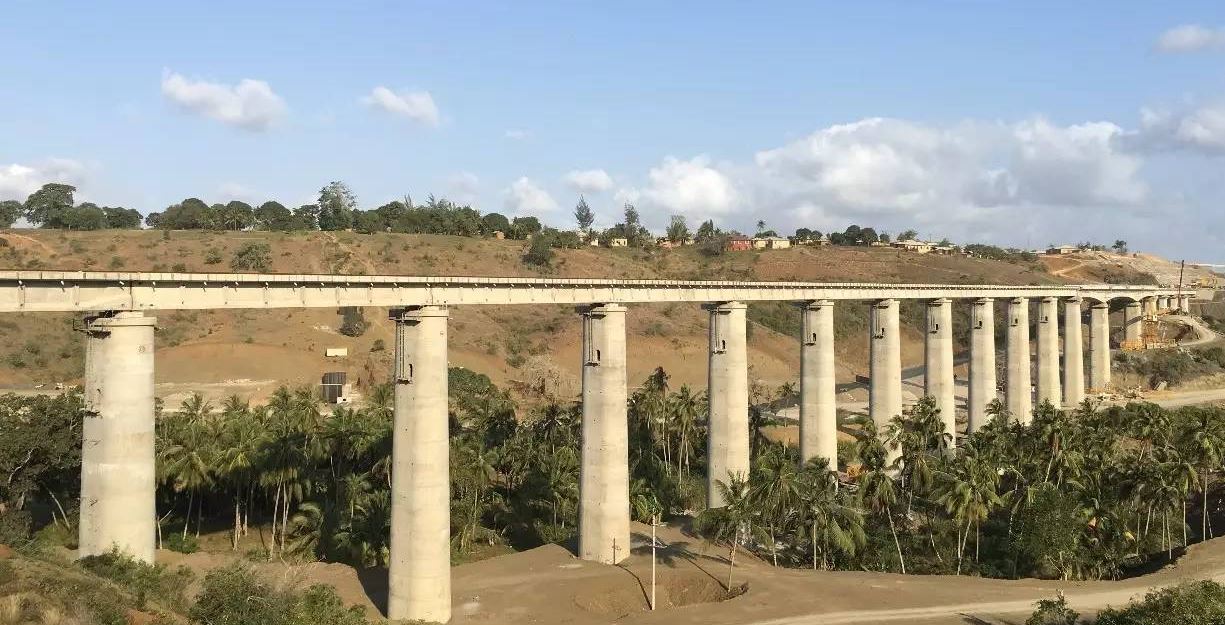
Also in Ethiopia, the government likes your land, the government takes your land. Here in Kenya, we see any government project as an opportunity to hike the land price to make a killing.
There is also the issue of Railway stations.
Despite being 100 km shorter, Kenya is building 33 stations while Ethiopia is only building 18.
Information from Ethiopia is hard to come by, but we can assume that their main stations are not as big as what is been constructed in Nairobi or Mombasa.
Addis Ababa Station




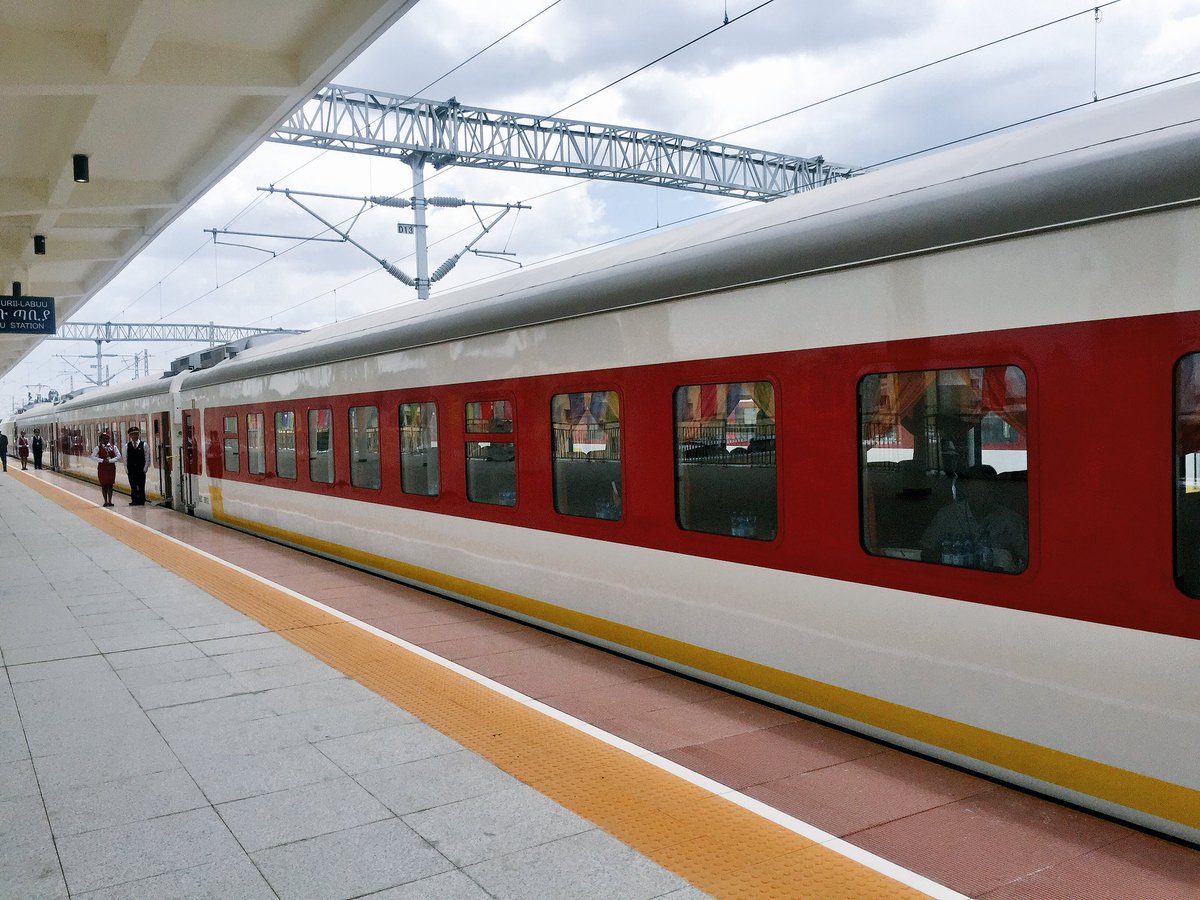
Mombasa Station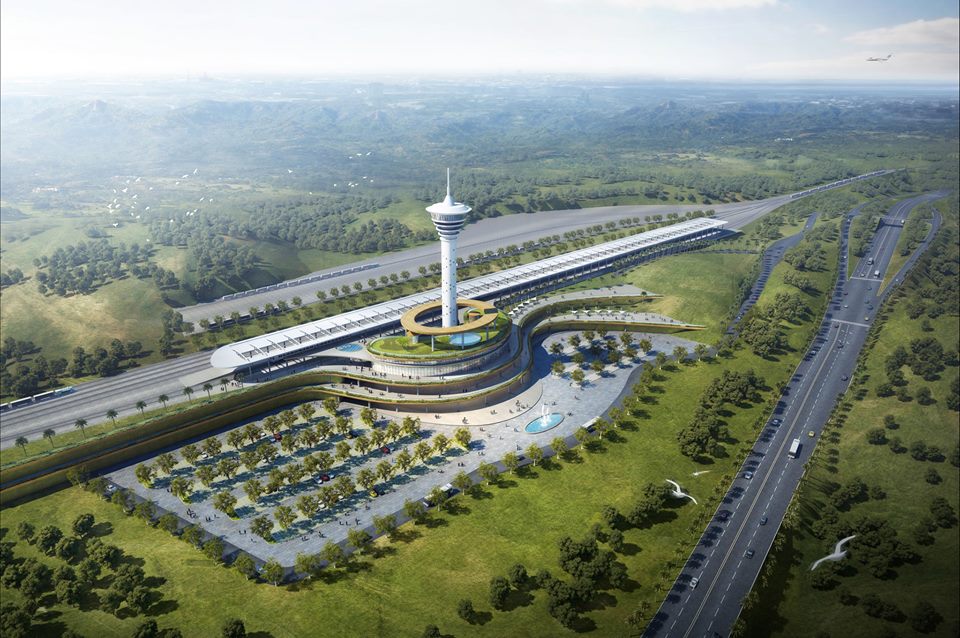
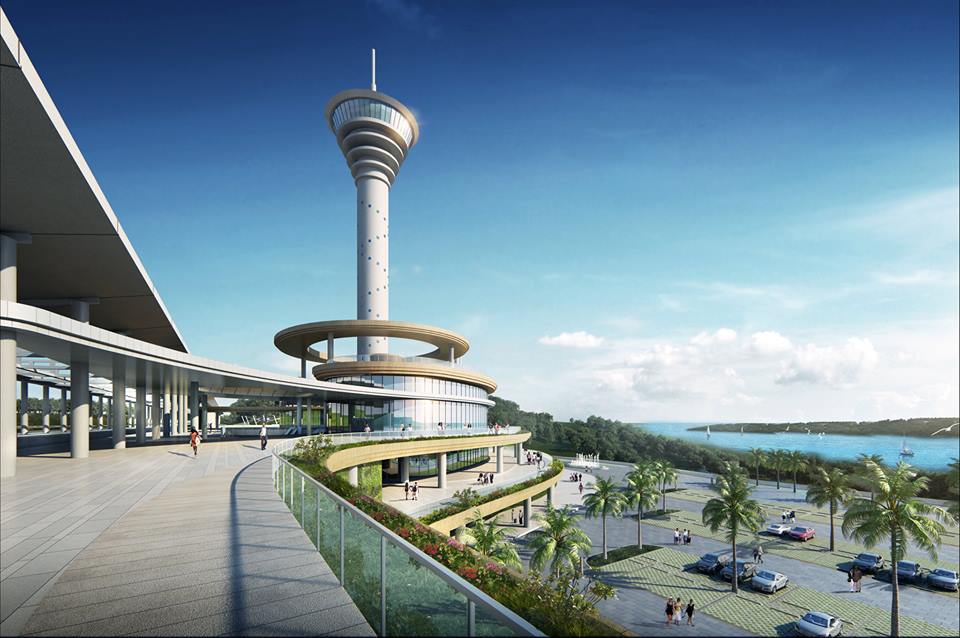
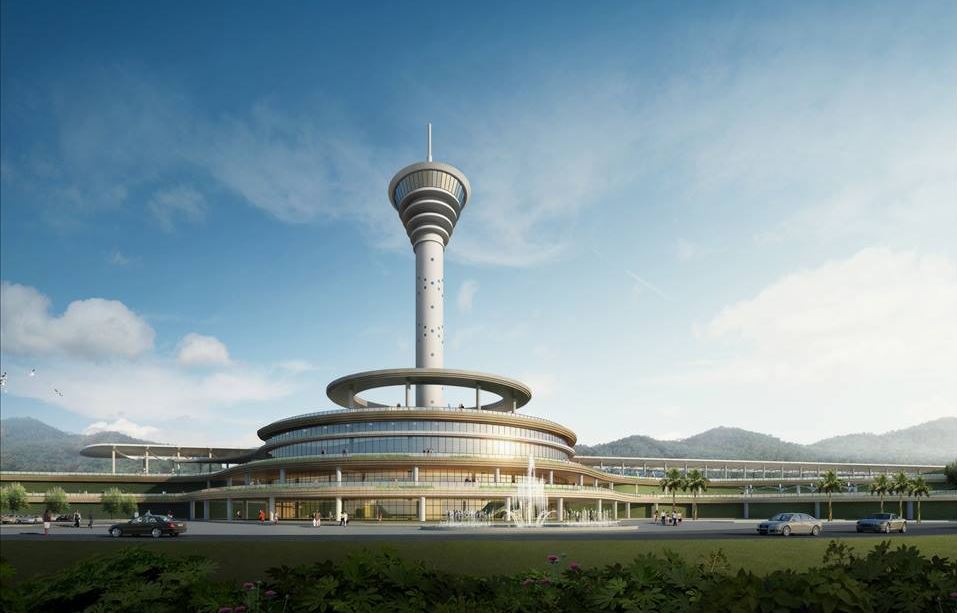
Embakasi station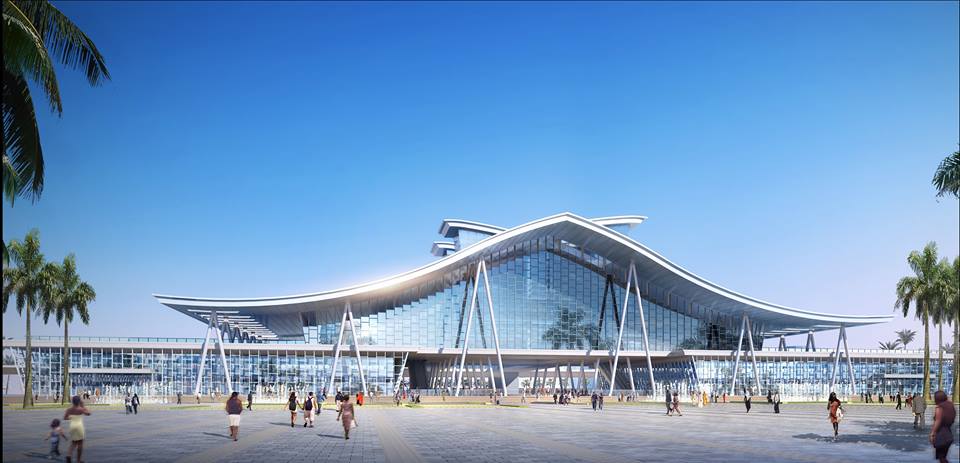
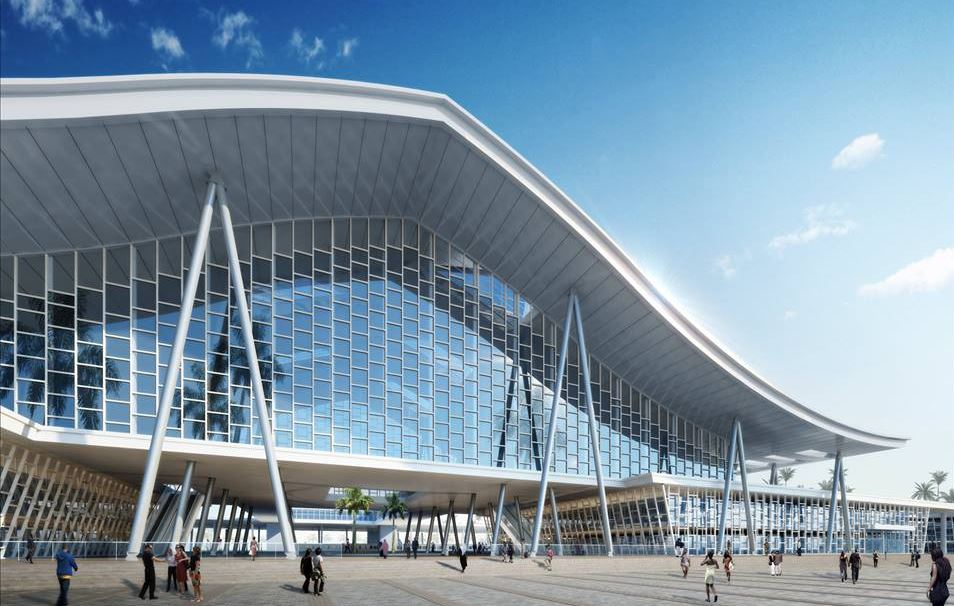
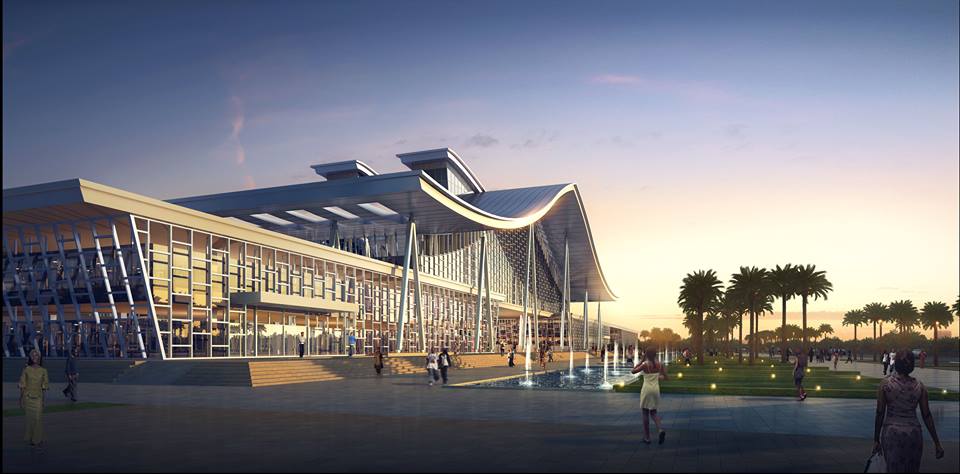
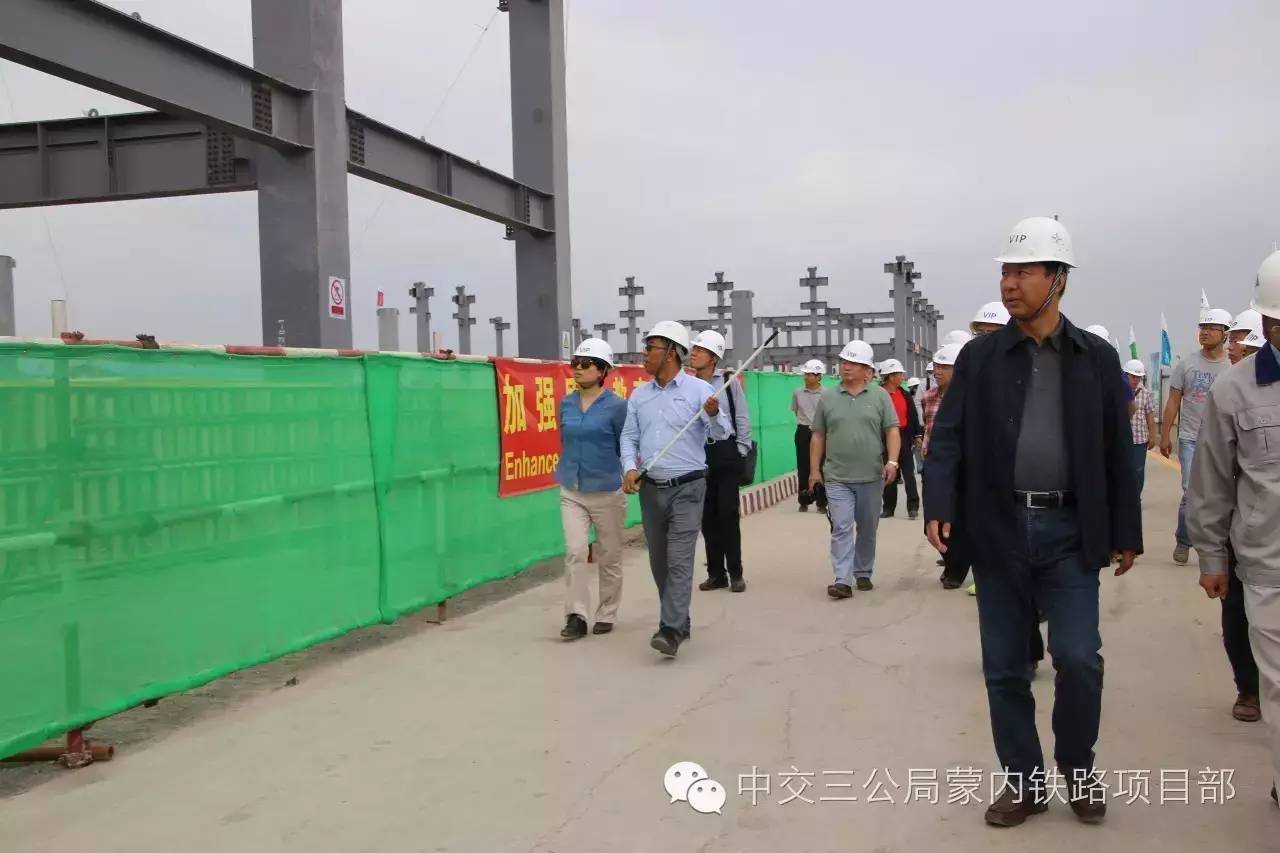
Nairobi South Station

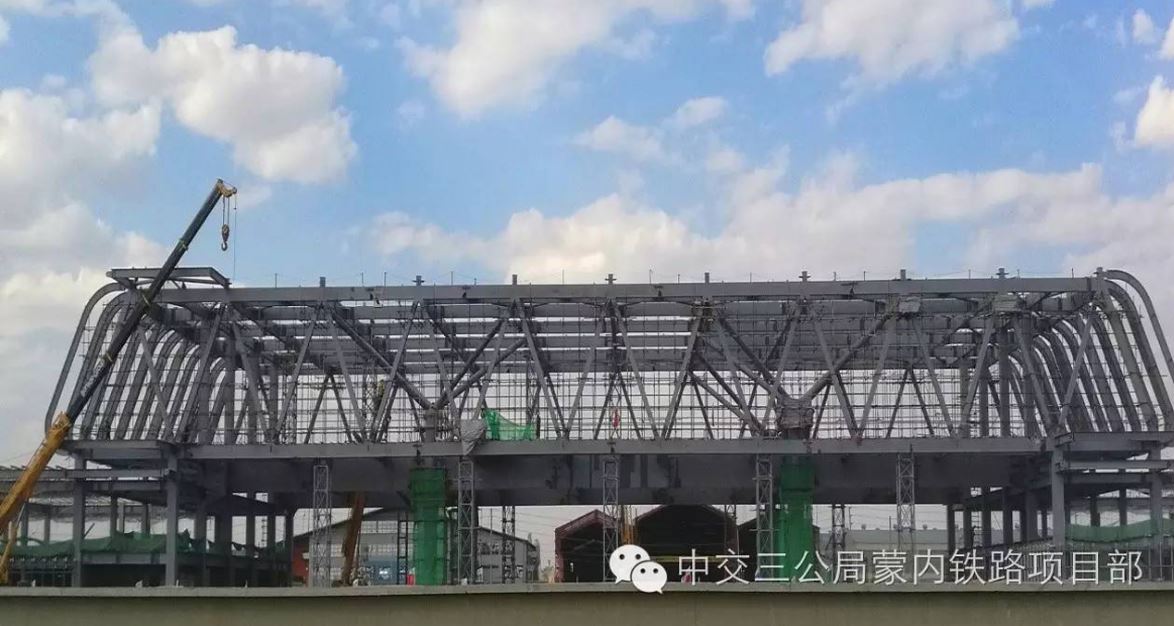
Voi Station

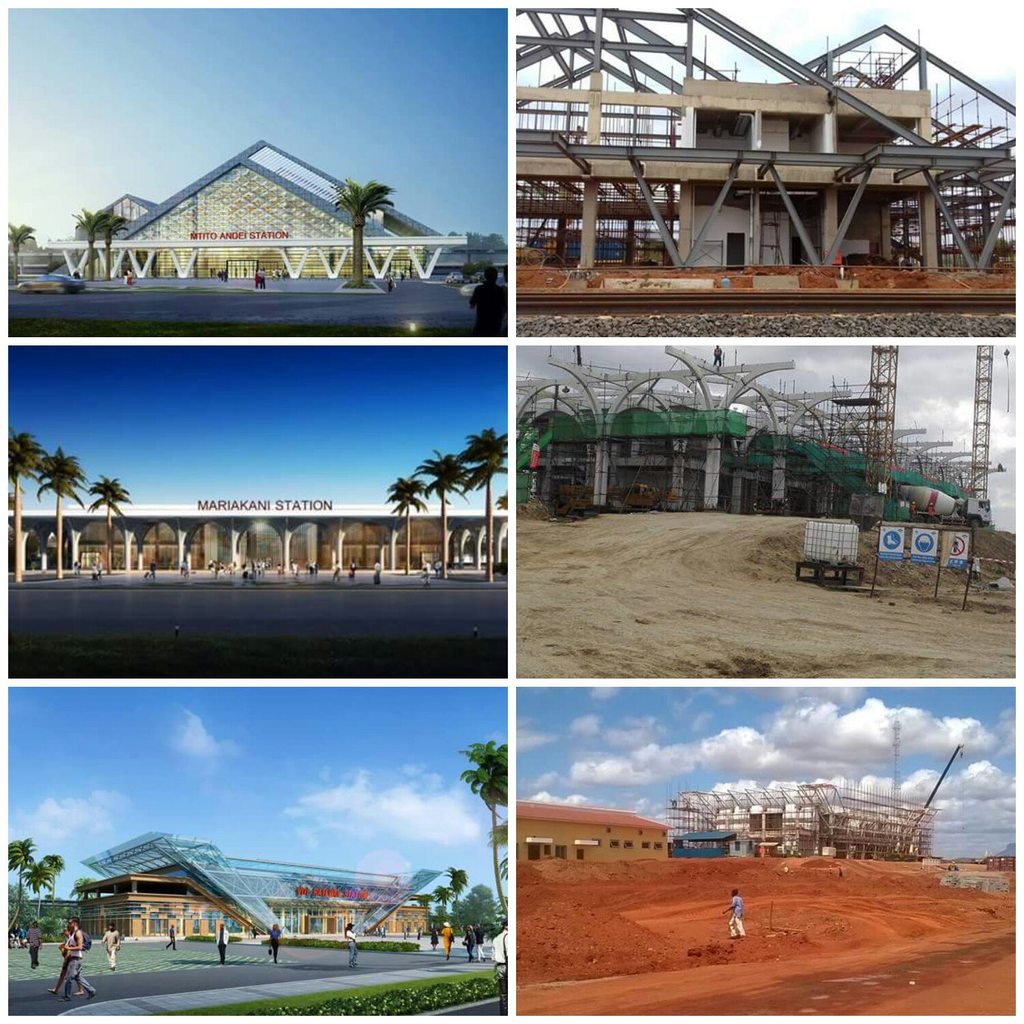
There is also the locomotives. Kenya is buying more than double what Ethiopia has. Ethiopia will have 3 passenger trains and 32 freight trains to put it in plain language.
One of the 3 electric passenger train on the Addis-Djibouti line

Kenya on the other hand is buying 56 diesel locomotives to power 40 passenger coaches and 1620 freight wagons.
A diesel locomotive
A passenger coach
The average Chinese locomotive pulls between 8 and 20 passenger coaches, so we can calculate that Kenya’s SGR will have either 3 or 4 passenger trains (Almost same as Ethiopia).
But our freight trains will be about 50, or at least 18 more than Ethiopia.
Finally, there’s another little-mentioned fact that makes Kenya’s SGR superior – double stack wagons. Unlike the Ethiopian trains, Kenyan freight train will be able to carry twice as many containers by stacking one on top of the other.
Double stacked trains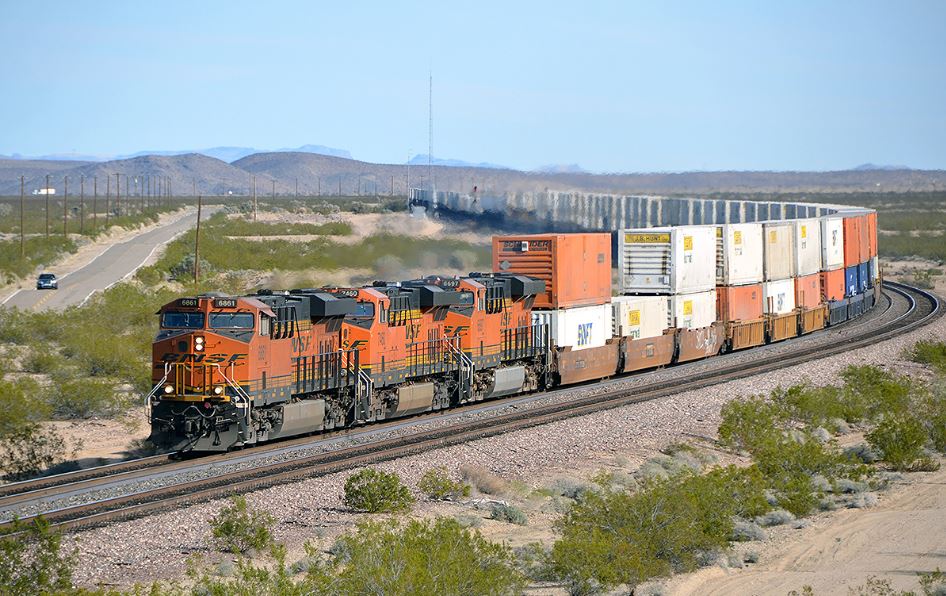
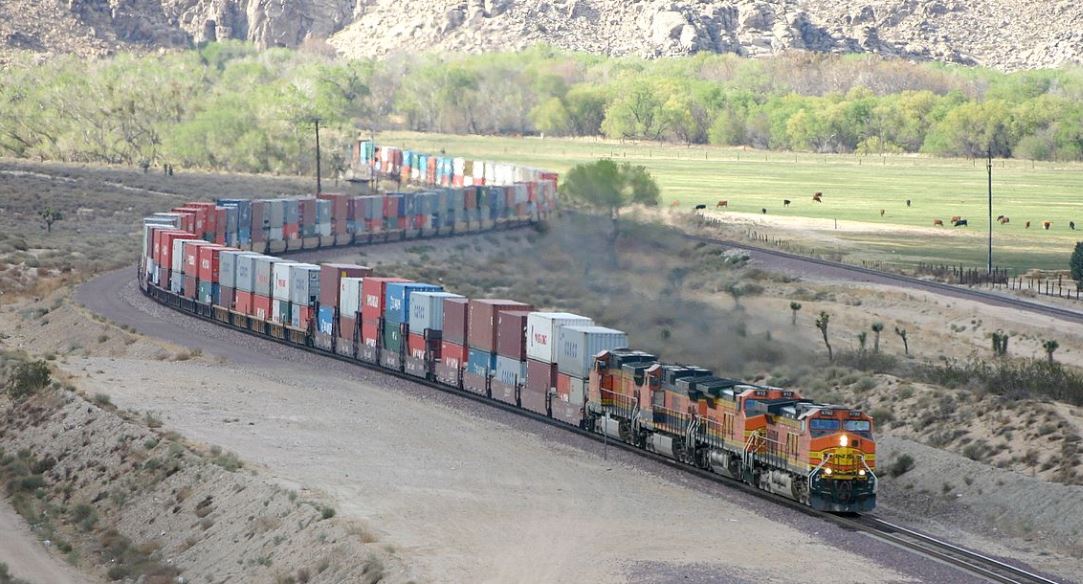
For purposes of comparison, the Kenyan SGR is a bit more complex and grand. Here’s a detailed analysis. (Some figures are outdated)
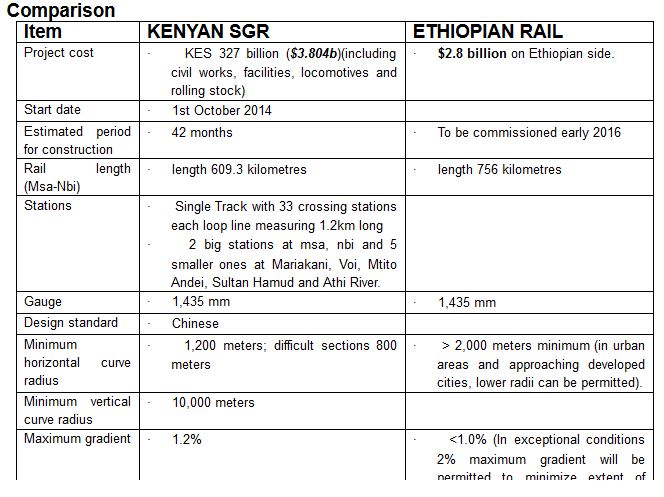
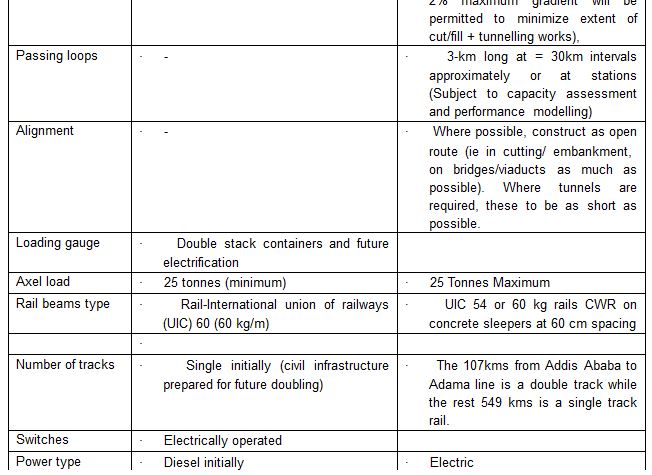
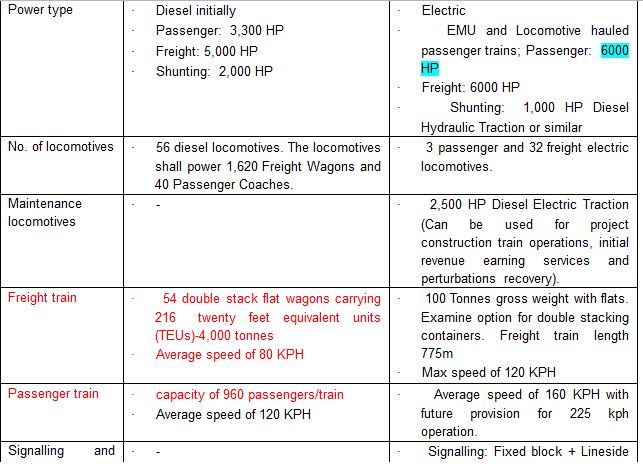
On face value, it would be easy to say that Ethiopia is getting better value for money, but upon analyzing the technical aspects of each, plus issues like land acquisition, bridges, and stations, you can see where the money is going on the Kenyan side.
Photos – Skyscrapercity, Twitter
Source: Nairobi Wire


